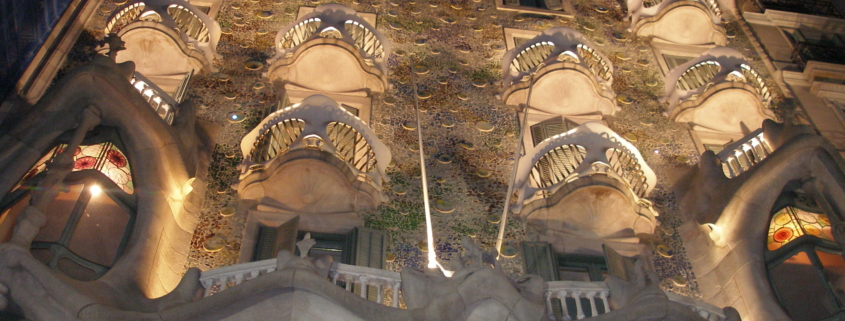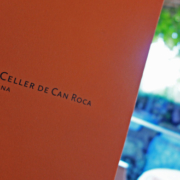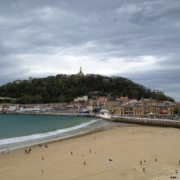UNESCO World Heritage Sites in Spain
World Heritage Sites are places of importance to cultural or natural heritage as described in The United Nations Educational, Scientific and Cultural Organization, or UNESCO, World Heritage Convention, established in 1972. The aim – to protect and preserve National Heritage.
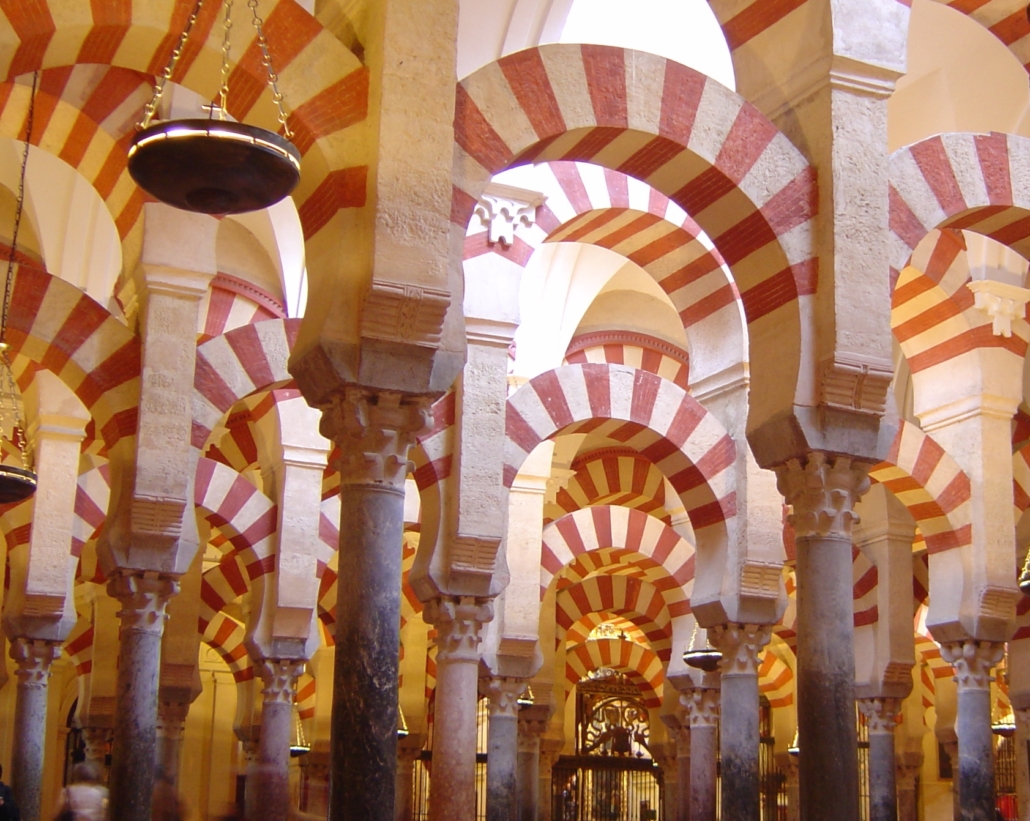
Spain accepted the convention on May 4, 1982, making its historical sites eligible for inclusion on the World Heritage List.
In 1984 five sites were added to the UNESCO World Heritage List: the Mosque of Córdoba, the Alhambra and the Generalife of Granada, Burgos Cathedral, the Monastery and Site of the Escorial of Madrid and the collective Gaudi works of Park Güell, Palau Güell and Casa Milà in Barcelona.
There are currently 44 World Heritage Sites in Spain listed by the World Heritage Committee on the UNESCO World Heritage List. Spain is the 3rd country with the most World Heritage Sites behind Italy with 49 and China with 45.
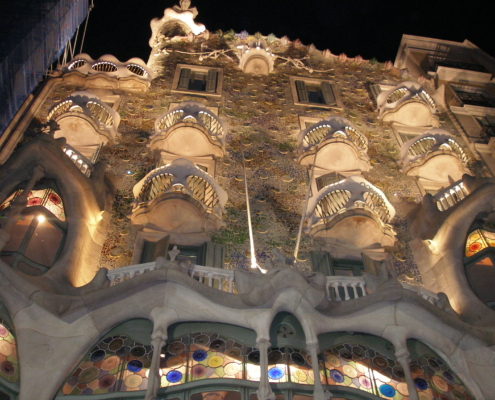
World Heritage Sites in Spain LIST, with their first year of inclusion:
39 Cultural World Heritage Sites in Spain:
• Alhambra, Generalife and Albayzín, Granada (1984)
• Aranjuez Cultural Landscape (2001)
• Archaeological Ensemble of Mérida (1993)
• Archaeological Ensemble of Tárraco (2000)
• Archaeological Site of Atapuerca (2000)
• Burgos Cathedral (1984)
• Catalan Romanesque Churches of the Vall de Boí (2000)
• Cathedral, Alcázar and Archivo de Indias in Seville (1987)
• Cave of Altamira and Paleolithic Cave Art of Northern Spain (1985)
• Cultural Landscape of the Serra de Tramuntana (2011)
• Heritage of Mercury. Almadén and Idrija (2012)
• Historic Centre of Cordoba (1984)
• Historic City of Toledo (1986)
• Historic Walled Town of Cuenca (1996)
• La Lonja de la Seda de Valencia (1996)
• Las Médulas (1997)
• Monastery and Site of the Escurial, Madrid (1984)
• Monuments of Oviedo and the Kingdom of the Asturias (1985)
• Mudejar Architecture of Aragon (1986)
• Old City of Salamanca (1988)
• Old Town of Ávila with its Extra-Muros Churches (1985)
• Old Town of Cáceres (1986)
• Old Town of Segovia and its Aqueduct (1985)
• Palau de la Música Catalana and Hospital de Sant Pau, Barcelona (1997)
• Palmeral of Elche (2000)
• Poblet Monastery (1991)
• Prehistoric Rock Art Sites in the Côa Valley and Siega Verde (1998)
• Renaissance Monumental Ensembles of Úbeda and Baeza (2003)
• Rock Art of the Mediterranean Basin on the Iberian Peninsula (1998)
• Roman Walls of Lugo (2000)
• Routes of Santiago de Compostela: Camino Francés and Routes of Northern Spain (1993)
• Royal Monastery of Santa María de Guadalupe (1993)
• San Cristóbal de La Laguna (1999)
• San Millán Yuso and Suso Monasteries (1997)
• Santiago de Compostela (Old Town) (1985)
• Tower of Hercules (2009)
• University and Historic Precinct of Alcalá de Henares (1998)
• Vizcaya Bridge (2006)
• Works of Antoni Gaudí (1984) Seven properties built by the architect Antoni Gaudí 1852–1926: Parque Güell; Palacio Güell; Casa Mila; Casa Vicens; Gaudí’s work on the Nativity façade and Crypt of La Sagrada Familia; Casa Batlló; Crypt in Colonia Güell.
3 Natural World Heritage Sites in Spain:
• Doñana National Park (1994)
• Garajonay National Park (1986)
• Teide National Park (2007)
2 Mixed World Heritage Sites in Spain:
• Ibiza, Biodiversity and Culture (1999)
• Pyrénées – Mont Perdu (1997)
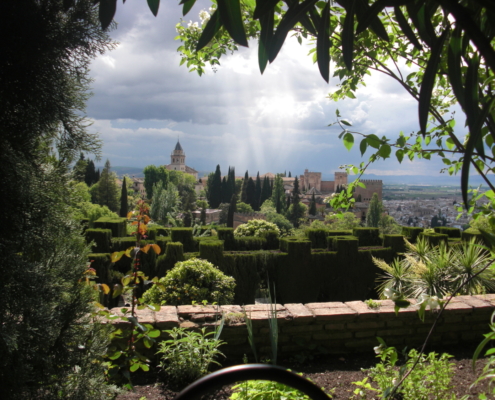
Visit Spain’s World Heritage gems on one of our Private Culture, Food and Wine Tours to see the wonderful historic treasures and fascinating culture of this country and taste fine wine, local foods and much, much more!

